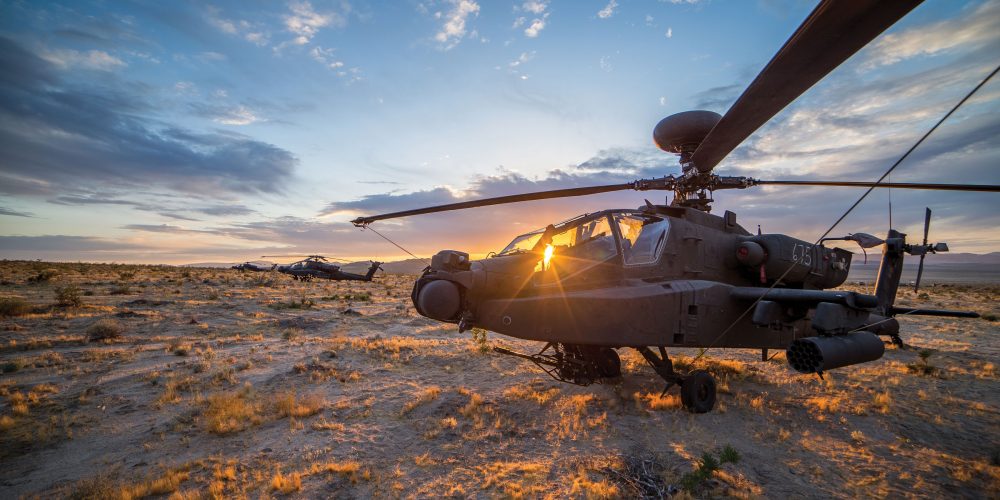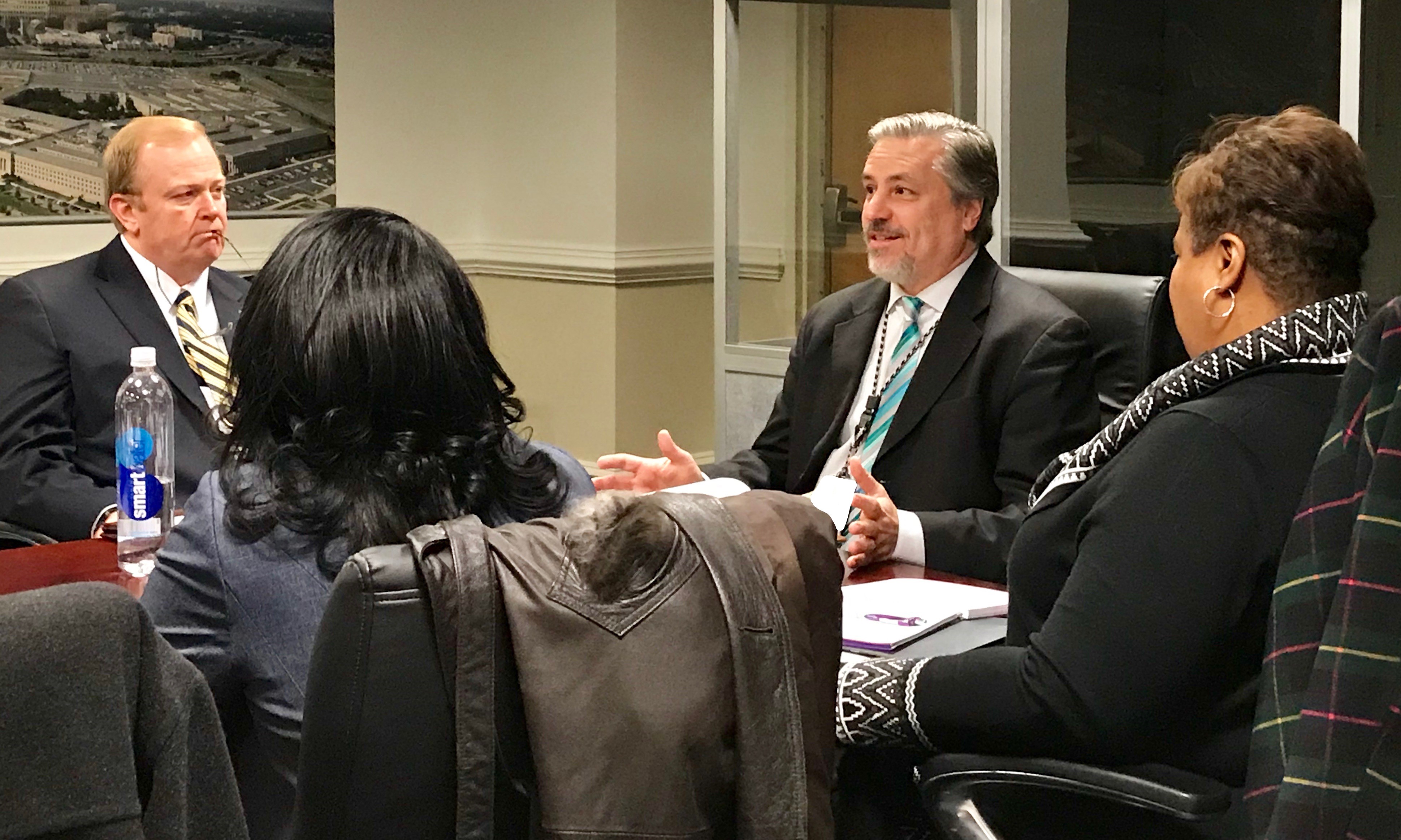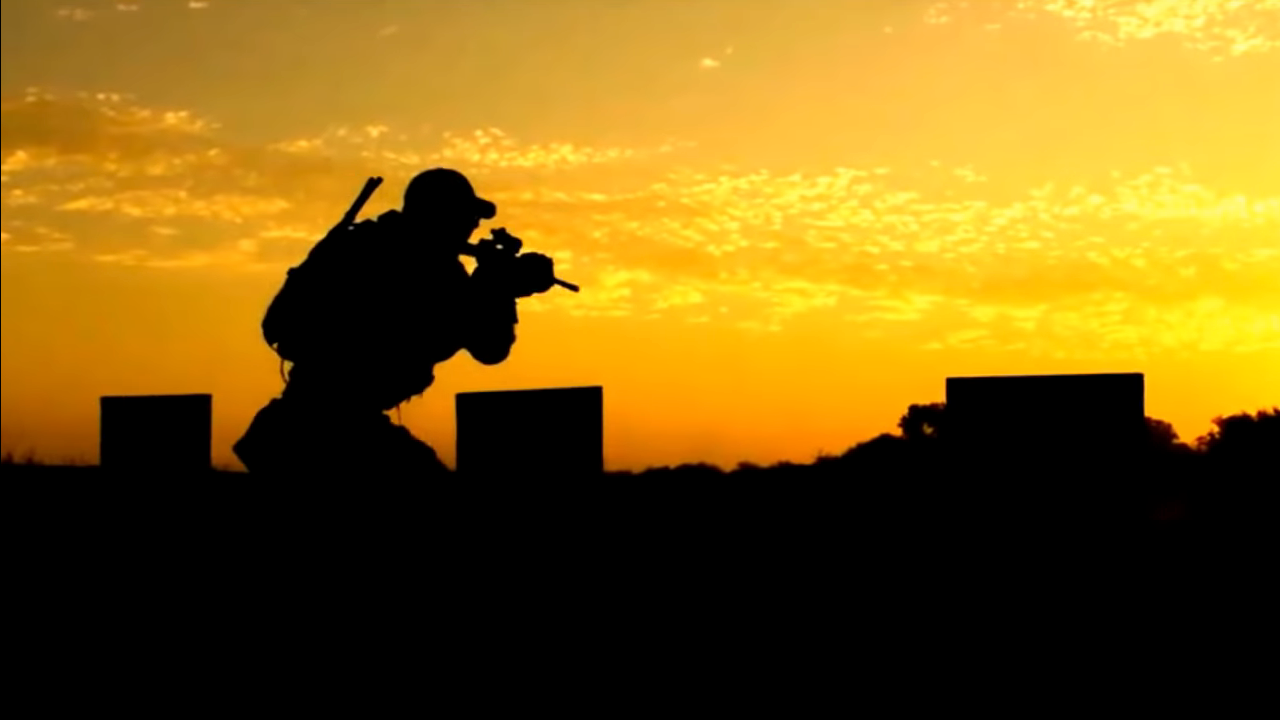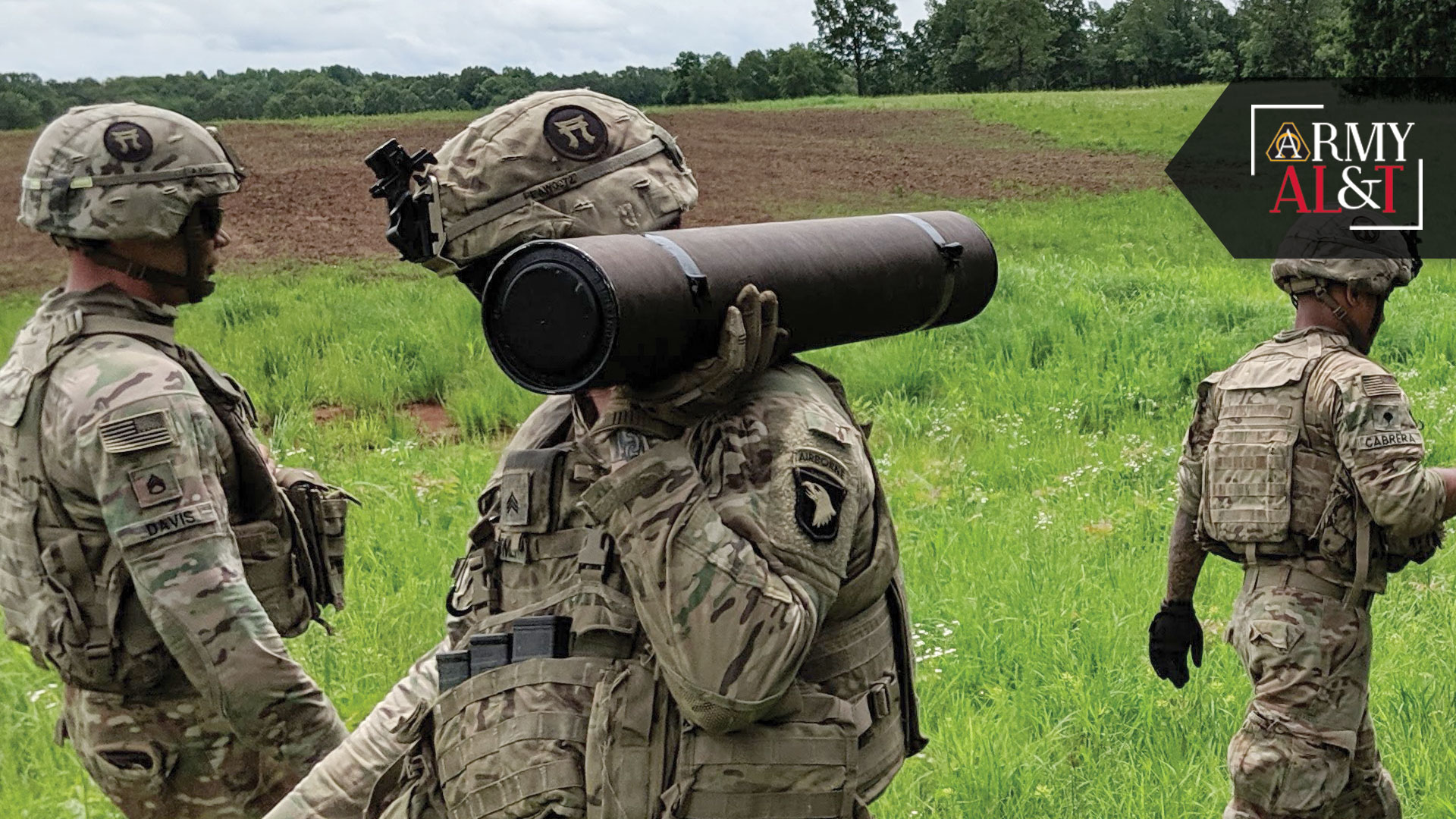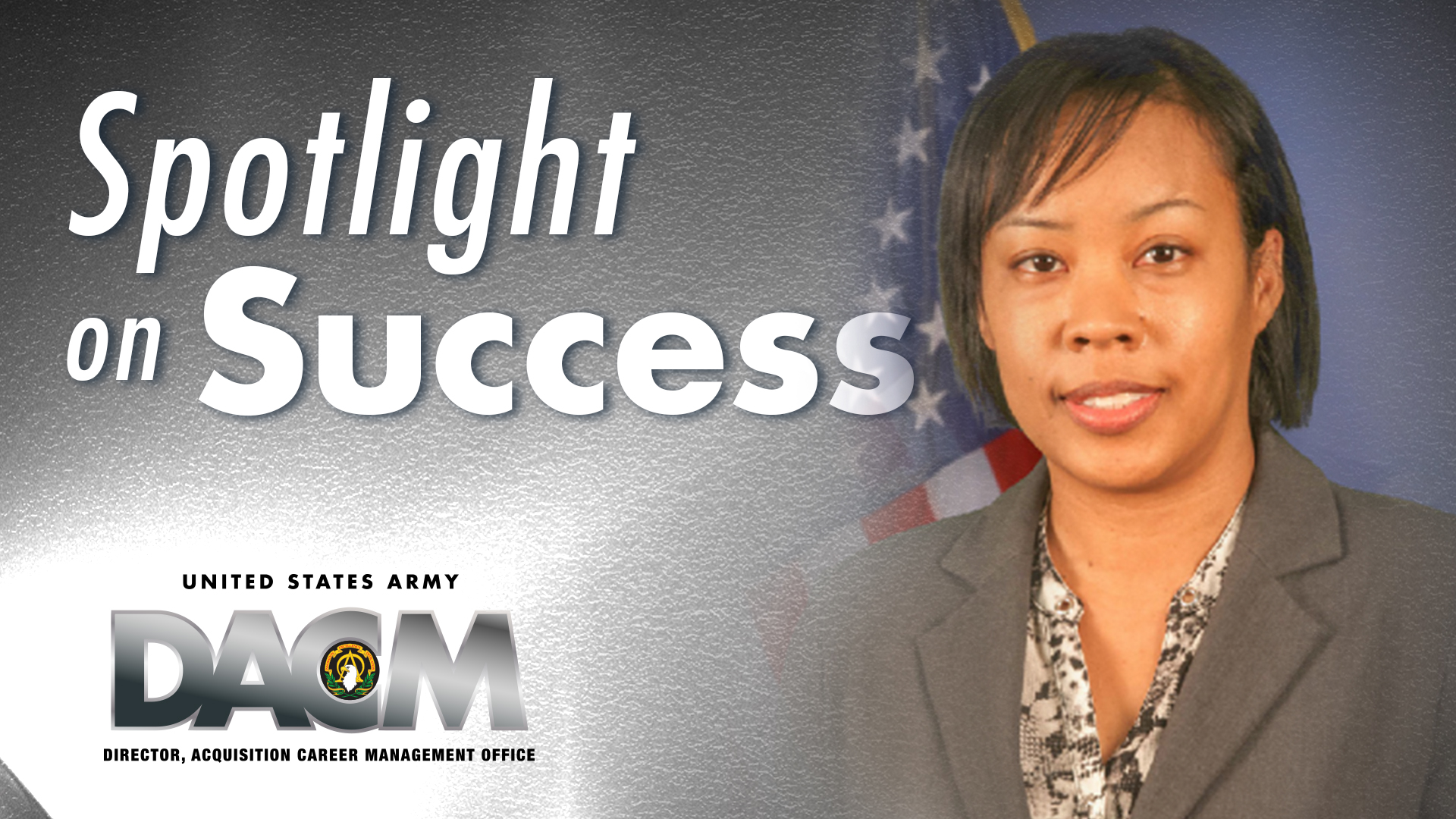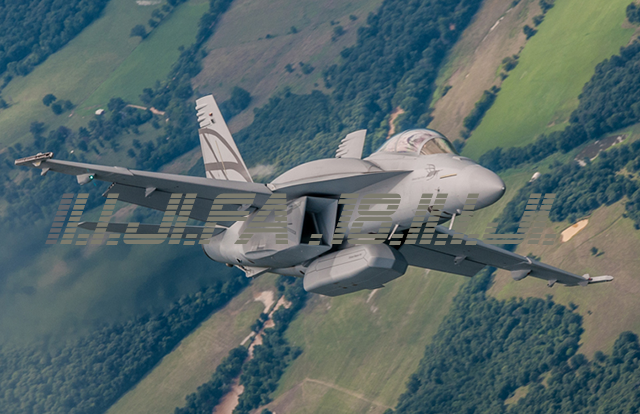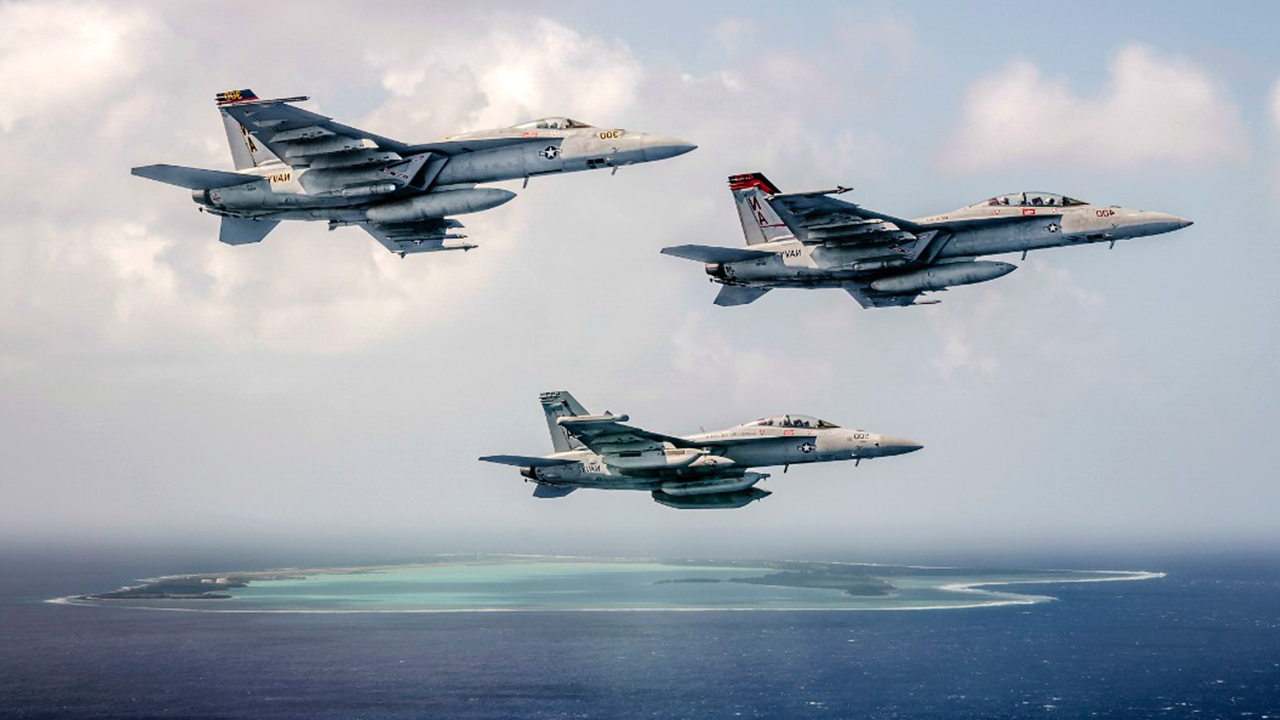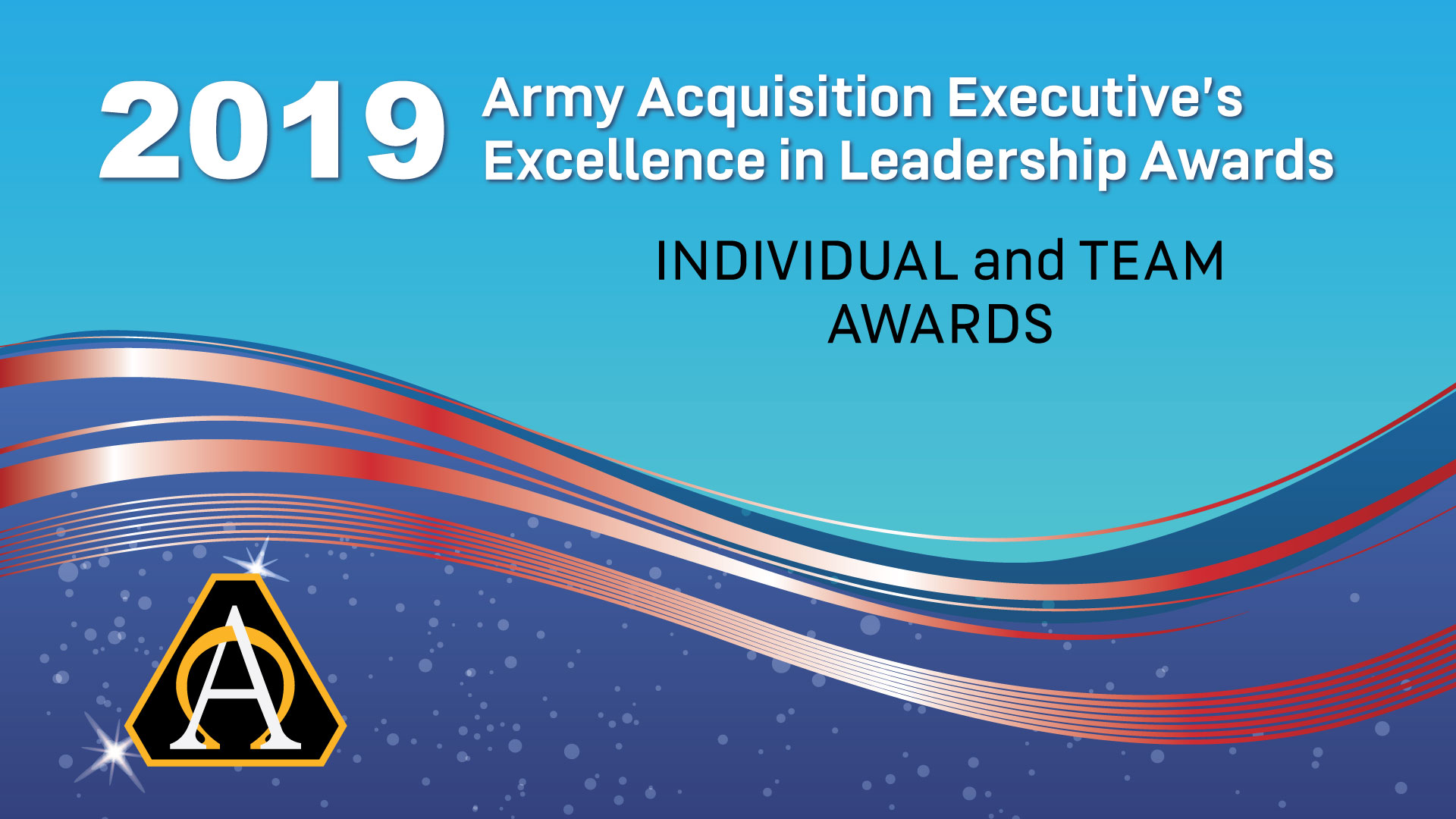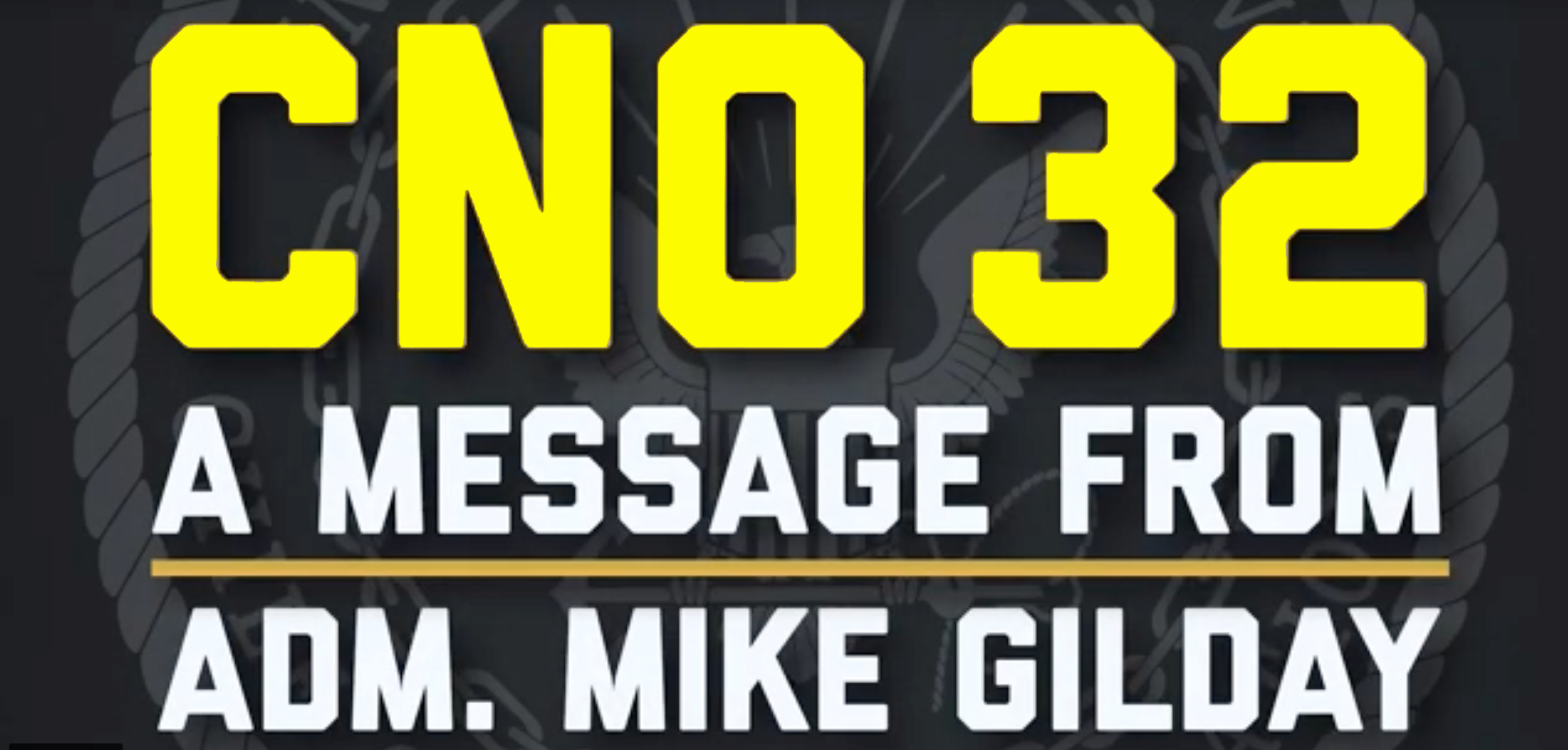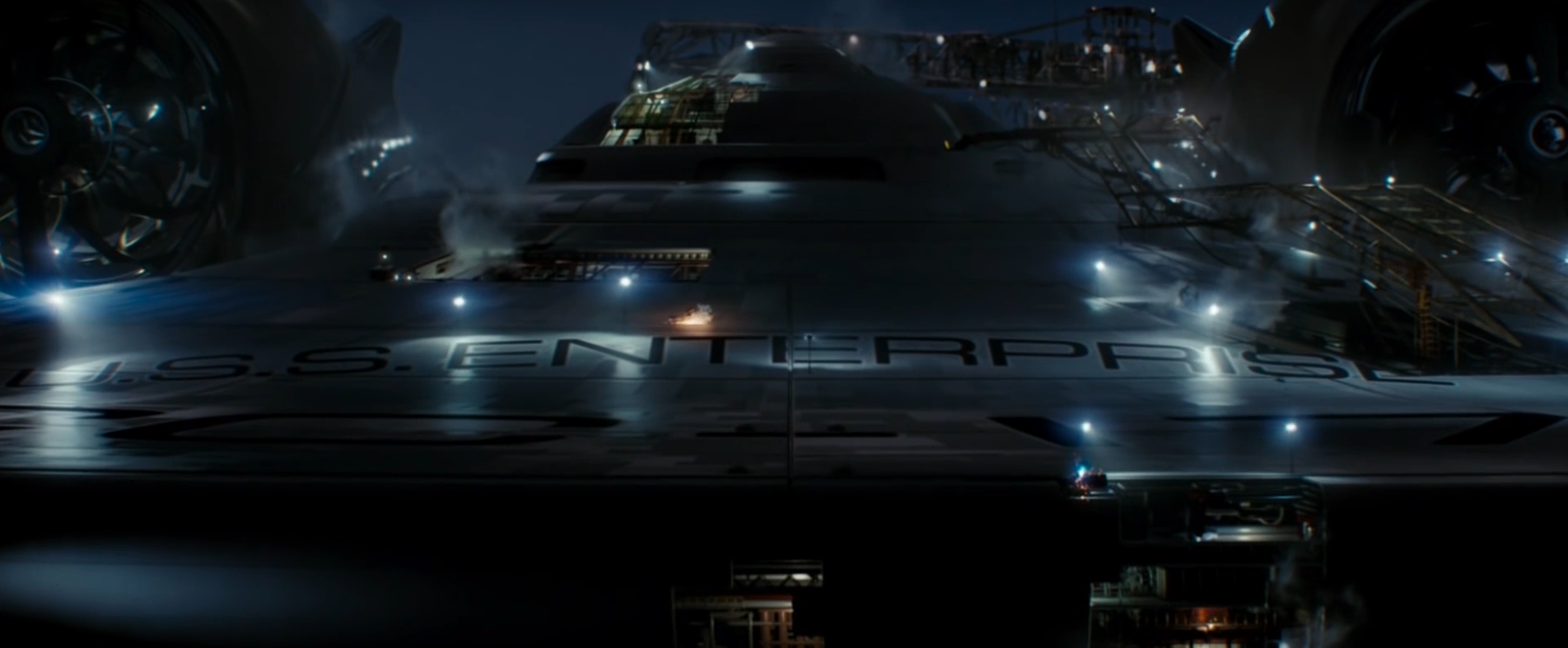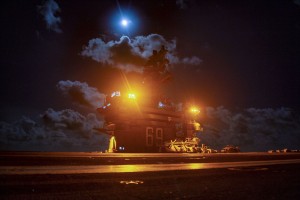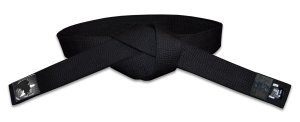Research in several areas will mature new capabilities to make Future Vertical Lift possible.
by Mr. Todd Turner and Mr. Matthew Simone
In the future, Army aviation systems will need to operate in an anti-access and area denial (A2AD) contested airspace against adversaries that have advanced capabilities that constrain freedom of maneuver. To be effective in these environments, future aviation systems will need extended range, increased situational awareness and higher speed to maneuver into positions of advantage, survive and engage the adversary. There also will be a need for increased use of unmanned systems to penetrate this contested airspace.
The investments in the air systems science and technology (S&T) portfolio are dedicated to discovery, innovation, and transition of products to enable U.S. technical superiority and combat overmatch for current and Future Vertical Lift (FVL) systems. The portfolio is invested in five broad areas of research:
- Platform design and structures to focus on extending the range and speed of vertical lift systems.
- Investments in power to ensure that systems can achieve higher speeds and improved efficiency to achieve extended ranges.
- Mission systems technologies to ensure that once the platform is in the operational environment, it can provide the desired lethality and survivability.
- Unmanned aircraft autonomy and teaming to extend reach and lethal effect while also providing the ability to penetrate A2AD environments.
- Investments in maintainability and sustainability to ensure that platforms are capable of high operations tempo while reducing logistics demand.

ONE POSSIBILITY The JMR-TD is demonstrating platform and mission systems technologies to help the Army make decisions about FVL capabilities, which could look like this hypothetical rendering. The demonstrator effort is managed jointly by a team led by the U.S. Army Aviation and Missile Research, Development and Engineering Center (AMRDEC). (U.S. Army graphic by AMRDEC VizLab)
PLATFORM DESIGN AND STRUCTURES
Ultimately, the desired effect on the battlefield for aviation systems, whether assault, attack, lift, reconnaissance or medical evacuation, is provided by the platform. That platform may be manned, optionally manned or unmanned, depending on mission and environment. The focus of S&T in platform design is to support FVL. S&T in this area encompasses concept development and design analysis through system development and demonstration.
This includes current efforts such as the Joint Multi-Role Technology Demonstrator (JMR-TD) and future efforts such as Next Generation Tactical Unmanned Aircraft Systems (NGTUAS). The JMR-TD is demonstrating platform and mission systems technologies in support of FVL. NGTUAS is focused on the development and demonstration of technologically feasible and affordable unmanned air vehicle technologies and capabilities that provide improvements in flight performance, survivability and reliability. Long-term efforts are focused on vertical lift technologies that enable both high speed and efficient hover.

A BIRD IN THE HAND
Spc. Derek Opthof of the 3rd Brigade Combat Team, 82nd Airborne Division winds up to throw an RQ-11 Raven unmanned aerial vehicle to scan the field where Soldiers had just jumped from an aircraft during a deployment readiness exercise at Fort Bragg, North Carolina, in July. This kind of teaming between unmanned systems, Soldiers and manned systems is an important area of investment and research for Army aviation. (U.S. Air Force photo by Staff Sgt. Andrew Lee)
POWER
One of the most important areas of technology needed to dominate the future operational environment is aircraft power systems. This area includes technologies that advance the capabilities of turbine engines and drivetrains. Current vertical lift turbine engines and drivetrains are designed to operate at a fixed speed and lift; forward movement is produced by adjusting the pitch of the helicopter rotor blades. These turbine engines and drivetrains are optimized for this fixed speed but are at their limit of efficiency and power.
To meet the requirements for range and speed with maximum efficiency, technologies like variable-speed turbine engines and multi-speed transmissions are being developed. To build these future power systems, new turbine designs, materials and components will need to be developed through innovative manufacturing capabilities like additive manufacturing. Additionally, engine designs will need to be highly reliable to meet the demands of the future operating environment, which will be fast-paced and require much longer operation between maintenance sessions than today’s aircraft. Leap-ahead technologies like hybrid-electric power systems are also being investigated and developed. These technologies combine the efficiency of electric motors and optimized engines, not unlike current hybrid-electric cars. Combining all of these new technologies and capabilities will be required in order to enable the FVL aircraft to meet all of its future requirements.
MISSION SYSTEMS
The goal of the mission systems area is to mature and validate man-machine mission equipment software and hardware technologies to enable overmatch and survivability in the future operating environment. If the airframe, engines, transmission, and rotors are the body of FVL, then the mission systems can be thought of as the eyes, ears and brains. To allow for a holistic approach to mission system development and employment, open systems architectures will be required to allow Soldiers to “plug and play” future reconnaissance, survivability and lethality systems.
Current sensors and payloads are federated, meaning they don’t interoperate much. In order to install updated payload equipment, an aircraft upgrade would likely need to be developed, which would increase cost and aircraft downtime. The Army’s air systems S&T portfolio is conducting research in multifunctional sensors so as not to overload the size, weight and power of the aircraft. An example of this type of sensor would be one that has a combination of situational awareness and targeting capabilities.
The mission systems also need to be designed so that the FVL aircraft can operate anywhere, anytime and in any weather condition. This calls for systems that increase situational awareness and survivability but also reduce the cognitive burden on pilots that can come with data overload from these advanced sensors. New types of algorithms for artificial intelligence are being researched and developed to create this new pilot modality, called “supervised autonomy,” whereby pilots oversee instead of execute lower-level flight functions. Speaking at an aviation forum held Sept. 7, 2017, by the Association of the United States Army, Maj. Gen. Bill Gayler, commander of the U.S. Army Aviation Center of Excellence at Fort Rucker, Alabama, said supervised autonomy would “aid a human in the loop and augment the pilot rather than replacing the pilot.” All of these new advanced capabilities will transform the way FVL is operated and will enable survivability in the fast-paced, dynamic future operating environment.

UP AND AWAY
Chief Warrant Officer Natalie Miller, assigned to Company B, 2-238th General Support Aviation Battalion, leaves Greenville, South Carolina, in February 2017 aboard a CH-47F Chinook heavy-lift cargo helicopter, bound for a weeklong training mission focused on high-altitude flight operations. FVL platforms will need to operate at extended ranges and endure difficult conditions longer and with less-frequent maintenance. (U.S. Army photo by Staff Sgt. Roberto Di Giovine)
AUTONOMY AND TEAMING
In the future, unmanned aircraft systems (UAS) may be used to extend the reach of manned systems while removing the Soldier from dangerous conditions. Potential applications include reconnaissance, attack, resupply and casualty evacuation. Research in this area is focused on technologies for the next generation of UAS to support manned-unmanned teaming in combined arms operations. This includes a wide spectrum of research, from control interfaces to advancing autonomous behaviors.
Research in these areas needs to be conducted in parallel to realize the potential of unmanned systems. Common human-machine interface efforts are focused on human-system interface designs to improve mission effectiveness in airborne operations. Areas of investigation include cockpit designs with advanced cueing, controls and displays. In autonomous teaming, the focus is on the development of autonomous algorithms to allow one pilot to control UAS, and cognitive decision aids to reduce the time a Soldier has to spend in direct control of a UAS. The long-term goal is to extend UAS capability beyond remote control or teleoperation to truly autonomous capability, to allow combined manned-unmanned platform teaming in contested environments, through the realization of systems that adapt to changing battlefield conditions.
MAINTAINABILITY AND SUSTAINABILITY
Maintainability and sustainability focus on the development of technologies and methodologies to enable more reliable designs, the ability to forecast component failure, and technologies to reduce maintenance and the logistics burden, one of the biggest cost drivers for Army aviation. Specific areas of research include integrated health management, efficient component design for optimized reliability, material failure modes, and the effects of thermomechanical and electromagnetic loading. The iterative goals are to move from maintenance based on time-on-aircraft to condition-based maintenance and, ultimately, to predictive maintenance.

SUNSET ON THE APACHE
Army aviation S&T is investing in a portfolio of enabling technologies as a precursor to fielding a replacement for the AH-64 Apache helicopter, including these from the North Carolina Army National Guard’s 1st Battalion, 130th Aviation Regiment, positioned in the Mojave Desert in May at the National Training Center, Fort Irwin, California. (Mississippi National Guard photo illustration by Staff Sgt. Tim Morgan, 102nd Public Affairs Detachment)
CONCLUSION
The S&T investment in air systems is positioned to deliver the next wave of capabilities that will ensure that our vertical lift and UAS are capable of providing close air support and maintain U.S. dominance on the battlefield. The following articles discuss in more detail some specifics of the FVL S&T portfolio: architecture specification, collaborative air systems and aircraft survivability.
TODD TURNER is the portfolio director for air in the Office of the Deputy Assistant Secretary of the Army for Research and Technology (ODASA(R&T)), in Arlington, Virginia. He holds an M.S. in technology management from University of Maryland University College and a B.S. in electrical engineering from Bucknell University. He is a member of the Army Acquisition Corps (AAC), and is Level III certified in engineering and in science and technology management.
MATTHEW SIMONE is the deputy portfolio director for air for ODASA(R&T). He holds an M.S. in engineering management from Catholic University of America, and an M.S. and a B.S. in electrical engineering from Virginia Tech. He is a member of the AAC and is Level III certified in engineering.

